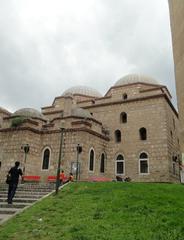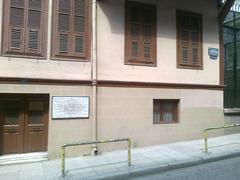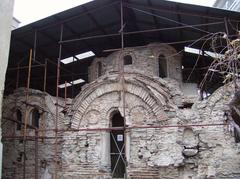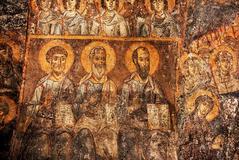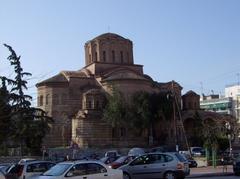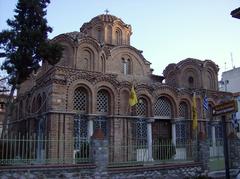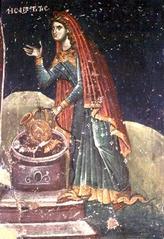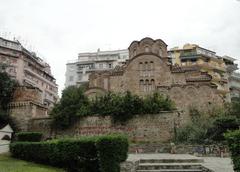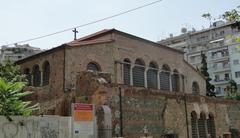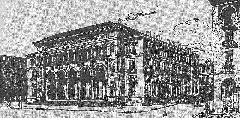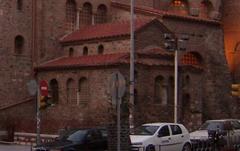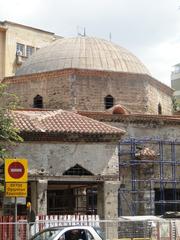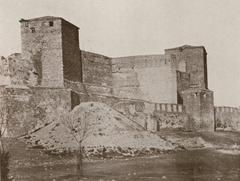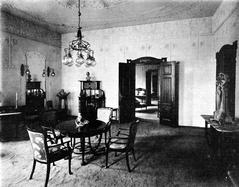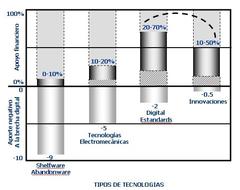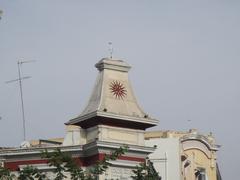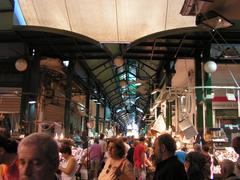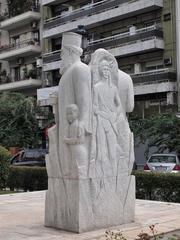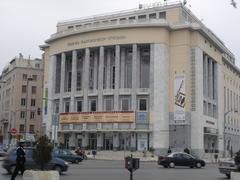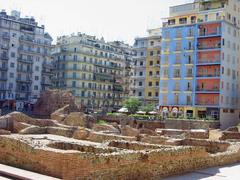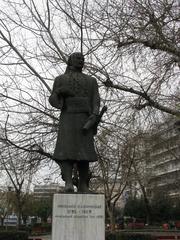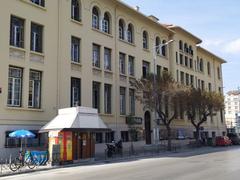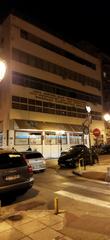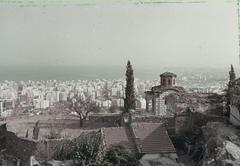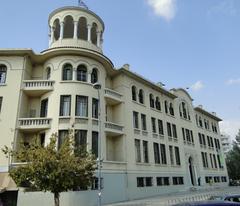Roman Agora Thessaloniki Guide
Date: 18/07/2024
Introduction
Table of Contents
- Introduction
- A Seat of Power and Commerce
- Architectural Splendor Reflecting Roman Grandeur
- A Window into Roman Social Life
- Visitor Information
- Nearby Attractions
- A Legacy Preserved and Rediscovered
- Conclusion
- FAQ
A Seat of Power and Commerce
Established in the late 2nd century AD, the Roman Agora replaced an older Greek agora as the heart of the city. This shift signified Thessaloniki’s elevation to the rank of metropolis within the Roman Empire. The Agora served as the administrative and commercial hub of the city for over three centuries.
Architectural Splendor Reflecting Roman Grandeur
The Roman Agora was a grand complex, covering an area of approximately 2 hectares (5 acres). It was a bustling center of activity, hosting a variety of structures that reflected the grandeur of Roman architecture and urban planning:
- The Odeon: This small theater, with its exquisite marble seating and decorative mosaics, served as a venue for musical performances, poetry readings, and even political gatherings.
- The Mint: The presence of a mint within the Agora highlights Thessaloniki’s economic significance. Here, coins bearing the image of the reigning emperor were produced, further solidifying Roman authority.
- Administrative Buildings: The Agora housed various administrative buildings, including offices for Roman officials and magistrates. These structures underscored the Roman legal and administrative system that governed the city.
- Shops and Stoas: Surrounding the central open space were rows of shops and stoas (covered walkways). These bustling commercial areas offered a wide range of goods, attracting merchants and traders from across the Roman world.
A Window into Roman Social Life
Beyond its administrative and commercial functions, the Roman Agora served as a vibrant social space. It was a place where people from all walks of life converged:
- Public Gatherings: The open space of the Agora served as a platform for public gatherings, announcements, and even gladiatorial contests.
- Religious Significance: The Agora also had religious significance, as evidenced by the discovery of a temple dedicated to the imperial cult. This highlights the intertwining of religion and politics in Roman society.
- Cultural Exchange: As a crossroads of trade and culture, the Agora facilitated the exchange of ideas, goods, and traditions from various parts of the Roman Empire.
Visitor Information
- Ticket Prices: Entrance fees are usually around €6 for adults and €3 for students and seniors. Free entry is often available on specific days, such as the first Sunday of each month from November to March.
- Accessibility: The site is partially accessible to visitors with disabilities. Some areas may have uneven terrain, so it’s recommended to wear comfortable footwear.
- Guided Tours: Guided tours are available and offer deeper insights into the history and significance of the Roman Agora. These can be arranged through local tour operators or the official site management.
- Photographic Spots: Don’t miss the opportunity to capture the grandeur of the Odeon and the intricate details of the mosaics. The central open space also provides a stunning backdrop for photos.
Nearby Attractions
While exploring the Roman Agora, consider visiting other nearby historical sites in Thessaloniki:
- The Rotunda: An impressive Roman structure turned church and mosque, now a museum.
- The White Tower: A symbol of Thessaloniki, offering panoramic views of the city.
- Archaeological Museum of Thessaloniki: Home to an extensive collection of artifacts from the region.
A Legacy Preserved and Rediscovered
Over the centuries, the Roman Agora was buried under layers of silt and debris, eventually fading from view. Its rediscovery in the 20th century, during urban development projects, offered a glimpse into Thessaloniki’s Roman past. Today, the site stands as a protected archaeological park, offering visitors a tangible connection to the city’s Roman heritage.
Conclusion
The Roman Agora in Thessaloniki is not merely a collection of ancient ruins; it is a captivating testament to the city’s vibrant past. It offers a unique opportunity to step back in time and experience the grandeur of the Roman Empire, making it an essential destination for anyone interested in history, archaeology, and the enduring legacy of Roman civilization. Be sure to check the visiting hours, purchase your tickets, and plan your visit to explore this remarkable historical site.
FAQ
- What are the Roman Agora’s visiting hours? Typically, 8:00 AM to 3:00 PM daily, but it’s best to check for updates.
- How much are tickets to the Roman Agora? Approximately €6 for adults and €3 for students and seniors, with free entry on certain days.
For more updates on historical sites and travel tips, follow us on social media or download our app.
